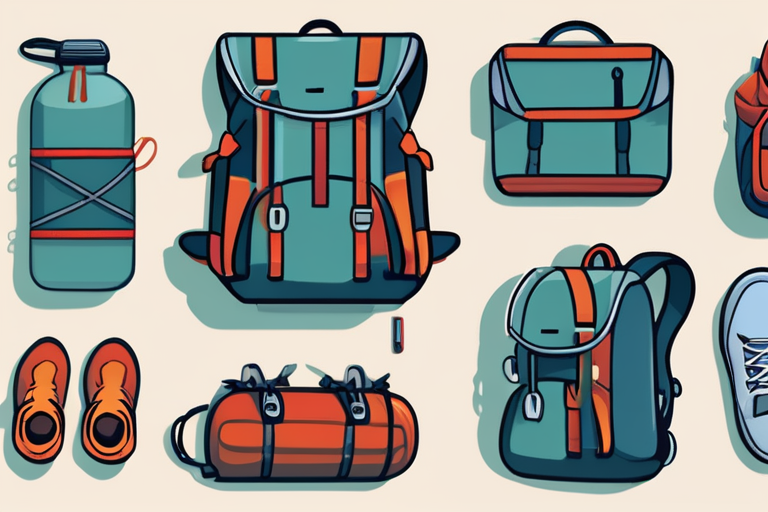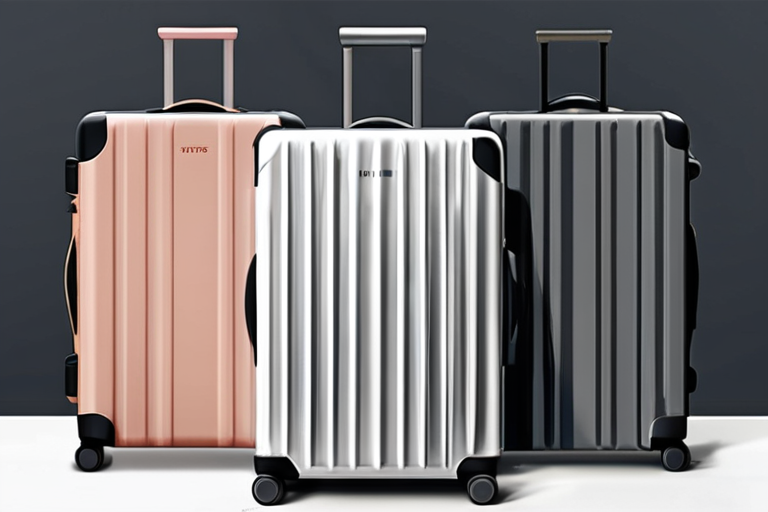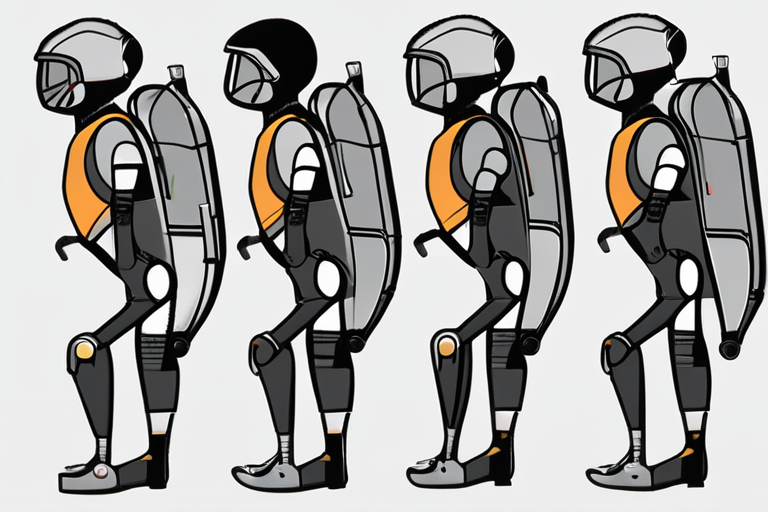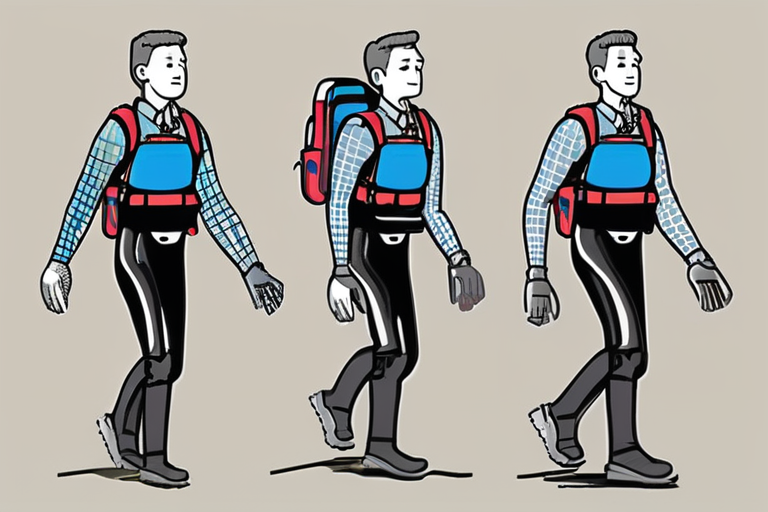Ultralight Backpacking Revolution: How Shedding Gear Can Transform Your Travel Experience


Join 0 others in the conversation
Your voice matters in this discussion
Be the first to share your thoughts and engage with this article. Your perspective matters!
Discover articles from our community

 Hoppi
Hoppi

 Hoppi
Hoppi

 Hoppi
Hoppi

 Hoppi
Hoppi

 Hoppi
Hoppi

 Hoppi
Hoppi

Best Checked Luggage of 2025: Away The Medium Takes Top Spot In a rigorous testing process, Forbes' editorial team evaluated …

Hoppi

Five Sustainable Products That Elevate Your Outdoor Travel Plans In a bid to reduce environmental impact while enhancing outdoor experiences, …

Hoppi

Portland Bike Shop's Bespoke E-Bike Models Stir The Soul A small Portland bicycle shop, Nomad Cycles, has launched a Kickstarter …

Hoppi

The Hypershell Pro X Exoskeleton: A Game-Changer for Hikers? In a recent experiment, a journalist tested the Hypershell Pro X …

Hoppi

The Hypershell Pro X Exoskeleton: A Game-Changer for Hikers or a Glimpse into the Future of Human Augmentation? In a …

Hoppi

The Solo Travel Boom: Why More People Are Suddenly Traveling Alone A growing trend is sweeping the travel industry as …

Hoppi